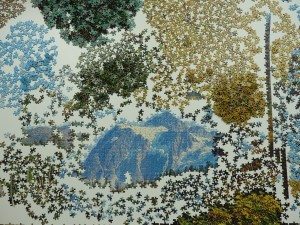 A recent thread on Ravelry about pattern pricing made me wonder whether I’d ever written here about the decisions I made along the way to opening my pattern store. A little looking says no, I haven’t, so here we are. I think it may be of interest both to people considering buying from me and people considering selling their own patterns. Pricing is at the bottom, since I decided it last, in case you want to just hop straight down there.
A recent thread on Ravelry about pattern pricing made me wonder whether I’d ever written here about the decisions I made along the way to opening my pattern store. A little looking says no, I haven’t, so here we are. I think it may be of interest both to people considering buying from me and people considering selling their own patterns. Pricing is at the bottom, since I decided it last, in case you want to just hop straight down there.
Getting Started
Before making my first PDF, I read about page layout and graphic design; The Non-Designer’s Design and Type Books taught me a lot of fundamentals at large and small scales, and various sites online chimed in about grids for page layout, style guides, and branding (I still have yet to crack open Brand Against the Machine, though, and Amazon tells me I bought it two years ago).
As part of branding I chose colors (“Stumpy Green”, a pale blue, and originally “Hugs White” but that was replaced with true white), developed my logo (which took a long time, and then a quick inspiration, and then another long time), and chose fonts: Janda Elegant Handwriting for my logo and Rotis Semi-Serif for my pattern text (you can also see it in the header image on this blog). Overkill perhaps, but I wanted all the pieces in place as though I were a huge company, because then they will all just be there as I proceed.
I also needed an appropriate program. As a former mathematician, I first turned to LaTeX, but I simply couldn’t get it to easily do what I wanted in this case. I like open source as a philosophy and also wanted to minimize my start-up costs, and the combination led me to Scribus, a desktop publishing program. More on all the software I use has already appeared here; I’ll just mention that it took me some time to discover the existence of WooCommerce. I actually found it by reading 1-star reviews of a different WordPress e-commerce plugin, where someone said they wished they could have a do-over and use WooCommerce instead.